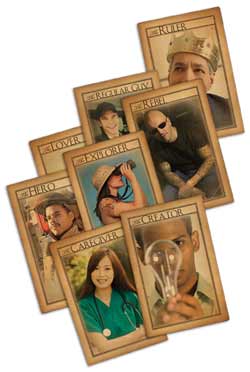Projective Mastery
 One thing we know about ourselves as consumers, we buy benefits not features. And all benefits and features are linked to emotional end benefits. The emotional end benefits from the brand and the products we buy contribute to creating an emotional payoff. When we can identify those payoffs that our customers and prospects get and want from what we sell, we can better design marketing communications that excite them to purchase. Read more
One thing we know about ourselves as consumers, we buy benefits not features. And all benefits and features are linked to emotional end benefits. The emotional end benefits from the brand and the products we buy contribute to creating an emotional payoff. When we can identify those payoffs that our customers and prospects get and want from what we sell, we can better design marketing communications that excite them to purchase. Read more
The purpose of projectives in market research
So how do we get at the emotional payoffs that drive purchases and loyalty? In qualitative research we ask questions and observe. But often, our consumers and prospects struggle to articulate their deeper motivations and, sometimes, those motivations are below their conscious awareness. This is where projectives and laddering techniques come into play… and using both techniques is play for the brain, allowing the “right brain” to make connections that become gold for the research team.
And just what are projectives?
Remember the old Rorschach Inkblot? Projective exercises adapted for market research bypass resistance to direct questioning that may make participants uncomfortable. The playful exercises help surface underlying thought processes that are not immediately available to most respondents.
Examples of Hartt and Mind’s projective exercises
First Exercise: Pick an “archetype” card that represents you when you are using product A. List five adjectives that go with that archetype card. (Note they are now describing the card, one step removed from themselves.) Then ask, how does this tie back to you as a consumer of product A?
Second Exercise: If a brand were a person, what would that person be like? What personality traits, clothing choices and shopping decisions would that person make? This can get quickly to the emotional perceptions associated with your brand.

